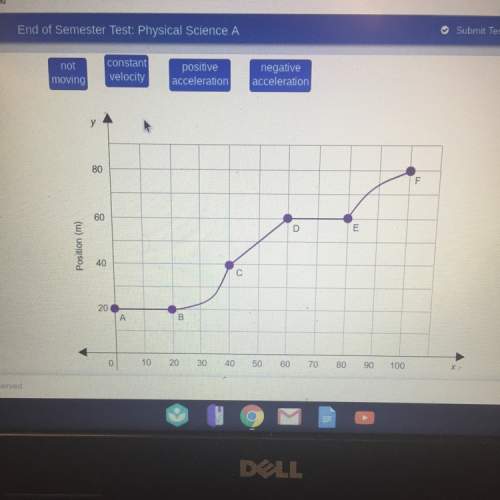
Physics, 31.12.2021 09:50, amandaparrish2323
A conductor of a radius r, length l and resistivity ρ has resistance R. It us melted down and formed into a new conductor, also cylindrical, with one fourth the length of the original conductor. The resistance of the new conductor is:
a. R/16
b. R/4
c. R
d. 4R
e. 16R

Answers: 3
Other questions on the subject: Physics




Physics, 22.06.2019 18:00, RyannLambertt7141
Cells in the nervous system have a potential difference of 70 mv across the cell membrane separating the interior of the cell from the extracellular fluid. this potential difference is maintained by ion pumps that move charged ions across the membrane. is this an emf? select the correct answer and explanation. 1)no. the ion pumps cannot separate charges; thus, they cannot create a potential difference. 2)yes. the ion pumps cannot separate charges, but they still can create a potential difference. 3)yes. the ion pumps can actively separate charge; thus, they can create a potential difference. 4)no. the ion pumps can separate charges, but they cannot create a potential difference.
Answers: 1
Do you know the correct answer?
A conductor of a radius r, length l and resistivity ρ has resistance R. It us melted down and formed...
Questions in other subjects:



Biology, 29.09.2019 23:30


Physics, 29.09.2019 23:30


History, 29.09.2019 23:30


History, 29.09.2019 23:30







